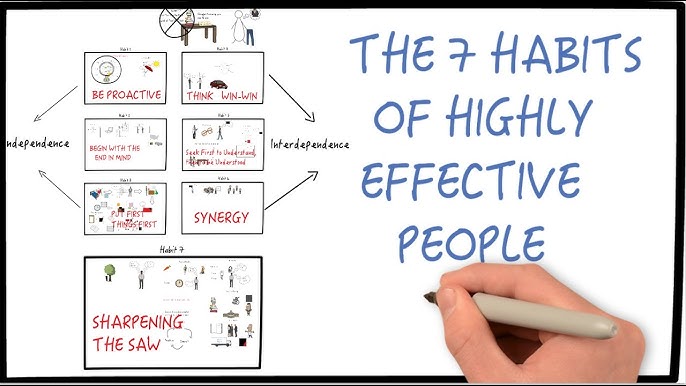In the current business world, statistics is frequently taken into consideration as the cornerstone of informed decision-making. Companies generate and accumulate tremendous amounts of data, ranging from worker data to financial metrics, and extracting precious insights from this data is essential for strategic decision-making plans and operational performance. This is where Workday Reports come into play, providing a powerful device to research and interpret information inside the Workday Human Capital Management (HCM) system. In this complete manual, we’re going to take you through the complete roadmap for growing and deciphering Workday Reports.
Why Do Workday Reports Matter?
Workday is a cloud-based HCM software that integrates HR, payroll, and finance functionalities right into a platform that can be accessed by the organization. The software captures a wide variety of records, from worker demographics and compensation details to performance metrics and benefits statistics. However, having these statistics is only half the conflict; the real task lies in transforming records into actionable insights. This is where Workday reports come in work.
Workday Reports allow you to:
Visualize Trends and Patterns: Reports help you visualize traits and styles inside your organization, making it easier to perceive regions of improvement or fulfillment.
Monitor Key Metrics: You can create reports that display critical metrics, which include turnover charges, headcount, and overall performance opinions, giving you a picture of your employer’s health.
Support Decision-Making: Informed choices are backed by facts. Workday reports provide vital records to help strategic choices associated with staff making plans, talent control, and budget allocation.
Compliance and Auditing: Regulatory compliance and auditing are critical for groups. Workday reports assist in retaining accurate facts and demonstrating adherence to rules.
The Roadmap for Creating Workday Reports
Step 1: Understand Your Reporting Needs
Before diving into record advent, you need a clear understanding of your agency’s reporting necessities. What kind of information do exceptional stakeholders need? Are there particular metrics that pressure decision-making? Knowing your reporting needs will guide the relaxation of the process.
Step 2: Attend Workday Training
Familiarity with the Workday platform is critical. Enroll in Workday education courses that cover file advent. These courses offer a stable foundation for understanding the platform’s reporting abilities, data sources, and report-building tools.
Step 3: Identify Data Sources
Workday reviews depend on records resources, which are precise datasets within the Workday device. Identify appropriate information resources that comprise the data you want on your reviews. These may want to consist of worker information, compensation facts, time-off requests, and more.
Step 4: Choose Report Type
Workday gives diverse document sorts, such as tabular reviews, matrix reports, and trended reviews. Select the report type that aligns with your reporting desires and the manner you want to present the information.
Step 5: Build the Report
Select Data Fields: Choose the records fields you need to include for your document. These may be anything from employee names and task titles to performance ratings and profit information.
Apply Filters: Filters permit you to narrow down the statistics primarily based on precise criteria. For instance, you may filter the record to show the most effective personnel from a certain branch or region.
Arrange and Group: Organize the records by arranging columns and grouping rows based totally on relevant categories. This makes the report greater coherent and less difficult to interpret.
Add Calculations (if vital): Workday reports enable you to carry out calculations on the facts, including calculating averages, sums, or possibilities. This can offer deeper insights into the numbers.
Format and Visuals: Formatting options like font styles, colorations, and charts help make the record visually attractive and less difficult to apprehend.
Step 6: Test and Refine
Always take a look at your file earlier than finalizing it. Ensure that the statistics displayed align with your expectations and as should be display the insights you’re looking to carry. Make any essential modifications to the layout, filters, or calculations.
Step 7: Save and Share
Once you’re satisfied with the record, store it in the perfect area in the Workday gadget. Depending on your business enterprise’s policies, you may then percentage the record with applicable stakeholders.
Interpreting Workday Reports
Creating reports is most effective 1/2 the battle; deciphering them efficaciously is equally critical. Here’s a guide to help you make a feel of your Workday reports:
Review Data Filters: Understand the filters carried out in the report. Filters can extensively affect the records displayed. Double-check that the filters match the context in which you’re reading the file.
Analyze Key Metrics: Focus on the key metrics or information factors that are counted most. For example, in case you’re reading turnover, look at the turnover rate over time and perceive any traits.
Compare Across Periods: If your report covers a particular time frame, compare the facts to previous periods. This contrast can display growth or decline developments that could otherwise go overlooked.
Consider Context: Always interpret the statistics in context. For instance, in case you’re searching at performance ratings, do not forget factors like adjustments in overall performance evaluation standards that could impact the results.
Seek Correlations: Look for correlations between different statistics factors. For example, do better compensation tiers correlate with higher task satisfaction scores?
Visual Aids: Charts and graphs in the document can simplify complicated information sets. Interpret these visuals to quickly grasp tendencies and versions.
Consult Experts: If you come across complex facts patterns or anomalies, discuss them with records analysts or HR experts. Their know-how can offer deeper insights.
Create your perfect Workday reports
Creating and interpreting Workday reports is a crucial talent in the records-driven commercial enterprise landscape. These reports empower businesses to make knowledgeable choices, optimize approaches, and decorate overall overall performance. By following this roadmap and know-how of the nuances of report creation and interpretation, you’ll be better prepared to harness the electricity of Workday reviews for the advantage of your organization’s success. Remember, the records hold the answers; it is as much as you to unencumber them through considerate file creation and insightful interpretation.










